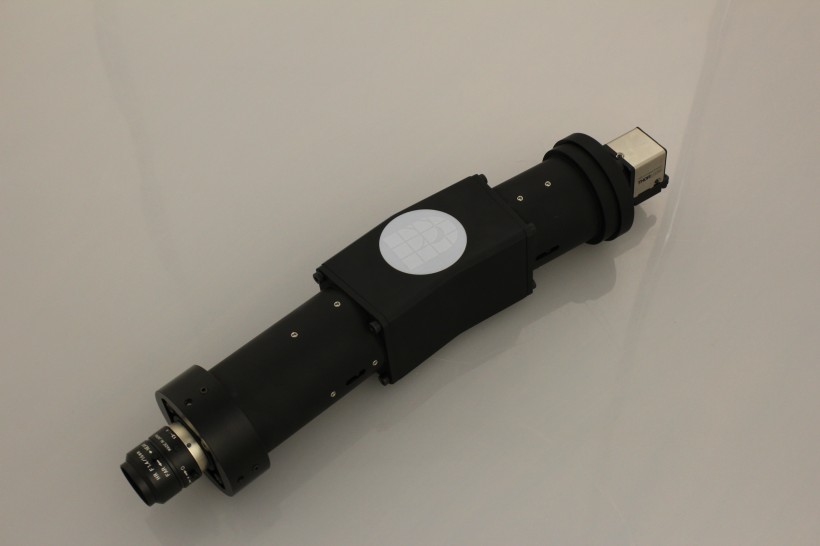P&P Optica of Waterloo is pressing forward with its business plan even though its members last month literally witnessed two years of work go up in smoke.
P&P Optica is a 20-year-old venture dedicated to making cutting-edge spectrometers, which are instruments that measure and analyze the properties of light over a portion of the electromagnetic spectrum. They measure the light reflected by materials to analyze their chemical composition.
The company got a boost recently when one of its spectrometers was chosen for experiments in the International Space Station. However, the SpaceX Falcon9 rocket carrying the device last month exploded shortly after liftoff, destroying the 4,000 pounds of equipment it was carrying to the ISS.
"As you might expect, we were disappointed when we saw the rocket break up on its way up to space, said Kevin Turnbull, P&P’s Vice-President of Sales. “Our balloon of excitement and anticipation deflated. However, in the technology world you learn as much from setbacks as you do from your successes.”
So the company is moving forward with its core business. It has made inroads in the oil and recycling markets, and is in talks with food producers about using its product to detect harmful materials in produce and meat. And the fact it was chosen for a mission in space says something about the quality of the product.
The story of how a P&P instrument got to the International Space Station began in Quebec two decades ago, when the company incorporated as an optical design and manufacturing contractor. The group moved to the Kitchener-Waterloo area in 2000. Turnbull said that for its first 10 years, the company focused largely on research, and began to market its product in earnest around 2005. It now has eight products, not including those custom designed for specific customers.
The P&P spectrometer was to be used in the space station to conduct experiments on atmospheric chemical composition. Over time, it would have taken measurements at different depths and in different circumstances, such as when the sun is on the opposite side of the Earth from the space station.
The P&P device was selected for the mission by former astronaut Bjarni Tryggvason, who works in the Kitchener-Waterloo area and was familiar with the company. Tryggvason, a Canadian who flew space missions in 1992 and 1997, was working on the experiment and personally chose P&P’s technology. The parties had been working on the project for about two years.
“We were honoured when Bjarni asked if a P&P Optica spectrometer could be used during the mission,” P&P Chief Executive Olga Pawluczyk said in a statement issued before the failed liftoff. “We are still uncovering ways for spectroscopy to be used creatively here on earth in applications ranging from mineral mapping to chemical detection, so who knows what it might uncover in space as part of the experiments?”
Turnbull said the experiments back on Earth are indeed continuing, and that the company has a rigorous research and development program.
“As an organization that is rooted in science and engineering, that is always a continuing effort,” he said. “R&D does not stop. We’re focused on continuing to innovate in the space of chemical imaging … and the quality of the signal that we obtain with our spectrometer.”










